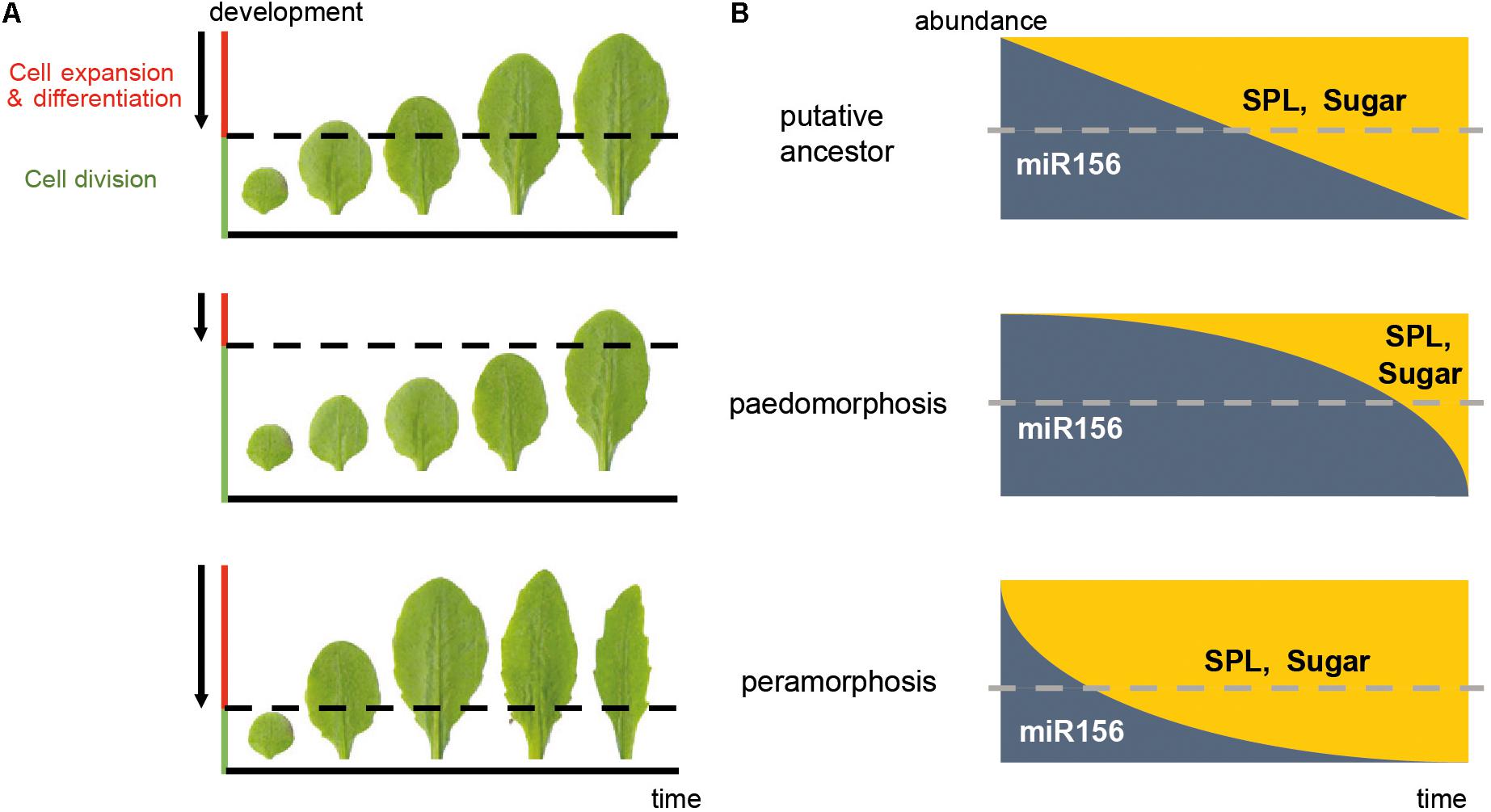
Heterochrony is a fascinating concept in biology that deals with the timing of developmental events. But what exactly is heterochrony? Heterochrony refers to changes in the timing or rate of developmental processes, leading to variations in size, shape, and features of organisms. This phenomenon can result in significant evolutionary changes. For example, it can explain why some species develop certain traits faster or slower than their ancestors. Understanding heterochrony helps scientists uncover the mysteries of evolution and development. Whether you're a student, a teacher, or just curious, these 34 facts about heterochrony will give you a deeper appreciation of how life evolves and adapts.
What is Heterochrony?
Heterochrony refers to changes in the timing or rate of developmental events, leading to changes in size and shape. It plays a crucial role in evolution and can result in significant morphological differences.
- Heterochrony involves shifts in the timing of developmental processes.
- It can lead to paedomorphosis, where adults retain juvenile features.
- Conversely, it can cause peramorphosis, where development extends beyond the ancestral adult form.
- Ernst Haeckel first introduced the concept in the 19th century.
- Stephen Jay Gould expanded on Haeckel's ideas in his 1977 book "Ontogeny and Phylogeny."
Types of Heterochrony
Heterochrony can be classified into different types based on how developmental timing is altered. Each type has unique implications for the organism's morphology and evolution.
- Paedomorphosis results from delayed somatic development.
- Neoteny is a form of paedomorphosis where reproductive development is accelerated.
- Progenesis involves early cessation of growth, leading to smaller adult size.
- Peramorphosis results from extended development beyond the ancestral adult stage.
- Hypermorphosis is a type of peramorphosis where growth continues for a longer period.
Examples in Nature
Heterochrony is observed in various species, showcasing its impact on evolutionary biology. These examples highlight how changes in developmental timing can lead to diverse adaptations.
- Axolotls exhibit neoteny, retaining gills and aquatic lifestyle into adulthood.
- Humans show paedomorphic traits like a flat face and large brain relative to body size.
- Salamanders can exhibit both paedomorphosis and peramorphosis, depending on environmental conditions.
- Dogs have been selectively bred for paedomorphic traits like floppy ears and short snouts.
- Birds evolved from theropod dinosaurs through peramorphic changes in limb and feather development.
Evolutionary Significance
Heterochrony plays a pivotal role in evolution, driving the diversity of life forms. It allows for rapid morphological changes, facilitating adaptation to new environments.
- Heterochrony can lead to speciation by creating distinct morphological traits.
- It provides a mechanism for rapid evolution without significant genetic changes.
- Adaptive radiation often involves heterochronic changes, allowing species to exploit new niches.
- Convergent evolution can result from similar heterochronic shifts in unrelated species.
- Developmental plasticity enables organisms to respond to environmental pressures through heterochronic changes.
Mechanisms Behind Heterochrony
Understanding the mechanisms behind heterochrony helps explain how developmental timing is regulated. These mechanisms involve genetic, hormonal, and environmental factors.
- Gene regulation plays a crucial role in controlling developmental timing.
- Hormones like thyroid hormone influence the rate of development in many species.
- Environmental factors such as temperature and food availability can trigger heterochronic changes.
- Epigenetic modifications can alter gene expression, leading to heterochronic shifts.
- Mutations in developmental genes can result in heterochronic changes.
Research and Discoveries
Ongoing research continues to uncover new insights into heterochrony. These discoveries enhance our understanding of evolution and development.
- Fossil records provide evidence of heterochronic changes in extinct species.
- Comparative studies between species reveal patterns of heterochrony.
- Genomic analysis identifies genes involved in developmental timing.
- Experimental studies manipulate developmental timing to observe heterochronic effects.
- Mathematical models predict the outcomes of heterochronic changes.
Implications for Human Health
Heterochrony also has implications for human health, particularly in understanding developmental disorders and aging.
- Developmental disorders like Down syndrome involve heterochronic changes in growth and development.
- Aging can be viewed as a form of heterochrony, with changes in the timing of cellular processes.
- Cancer involves heterochronic shifts in cell growth and differentiation.
- Regenerative medicine explores heterochronic mechanisms to promote tissue repair and growth.
The Fascinating World of Heterochrony
Heterochrony, the change in timing of developmental events, plays a crucial role in evolution. It can lead to significant differences in size, shape, and function among species. This concept helps explain why some animals retain juvenile features into adulthood or why certain traits develop earlier or later than usual. Understanding heterochrony offers insights into the diversity of life on Earth.
By studying these changes, scientists can trace evolutionary paths and uncover how species adapt to their environments. Heterochrony isn't just about biology; it also has implications for medicine, agriculture, and conservation. For instance, knowing how developmental timing affects growth can improve crop yields or help conserve endangered species.
In essence, heterochrony is a key piece of the puzzle in understanding life's complexity. It highlights the intricate dance of genetics and environment, shaping the world in ways both subtle and profound.
Was this page helpful?
Our commitment to delivering trustworthy and engaging content is at the heart of what we do. Each fact on our site is contributed by real users like you, bringing a wealth of diverse insights and information. To ensure the highest standards of accuracy and reliability, our dedicated editors meticulously review each submission. This process guarantees that the facts we share are not only fascinating but also credible. Trust in our commitment to quality and authenticity as you explore and learn with us.
